How the Chisenhale Play Space became the symbol for saving School Streets
After scenes of schoolchildren seeing off the council’s attempt at removing the Chisenhale Play Space went viral, local residents and parents explain their differing views on the Space’s presence in the community.
Scenes usually reserved for Extinction Rebellion rallies or Just Stop Oil protests were recently witnessed at Chisenhale Primary School last week. The school’s pint-sized protestors with placards raised above their heads, stood resolutely on temporary planters and plastic fencing, their cries of defiance heard from streets away.
The reason? The removal of Chisenhale’s School Street during the October half-term and the attempt at removing the school’s Play Space by the borough’s Mayor Lutfur Rahman.
Why have these schemes become so hotly contested? And why, after some parents and the school (which sent a letter to parents and residents on 4 November clarifying its position: ‘The school’s view is that the play spaces […] were always a temporary measure and should return to being a shared community space.’) agree that the Play Space should be removed, are they defending it so vehemently?
Chisenhale’s Play Space was installed in spring 2021. It closed off a section of Chisenhale Road (between Zealand Road and Vivian Road) and the top section of Vivian Road, after Chisenhale parents, pupils, and teachers, with some funding from the then Labour-led council administration, raised £10,000 created to give children greater space to socially distance during playtime as well as give extra room for outdoor classes and workshops.
The pop-up playground, or enclosure, was billed as temporary; the Play Space’s fundraising page, overseen by Chisenhale parents, stated: ‘We’re working with the Council to temporarily turn some low-traffic streets (the junction between Vivian Rd and Chisenhale Rd in E3) into a shared community space’.
A separate scheme called School Streets (a London-wide scheme introduced to stop cars from driving along the roads during peak school drop-off and pick-up times) was also installed in spring 2021. This too was temporary and installed as an experimental traffic order (ETO). ETO’s are in place for no less than six months and no longer than 18 months.
Chisenhale’s ETO was a timed camera-operated closure of roads around the school. Eighteen months after its installation, it was decided by Mayor Rahman to allow the ETO to lapse, resulting in Chisenhale’s School Street being taken away. At the same, the Mayor also instructed the removal of the temporary Play Space.
For Chisenhale Road residents who have lived with the Play Space on their road for the past 18 months, and for others whose doors are mere metres from it, the news of its removal was welcomed.
According to Chisenhale Road resident and local historian Carolyn Clark, the Play Space ‘landed like a flying saucer in the middle of our streets, completely alien’.
Clark, along with 26 other residents, compiled a 10-page report citing their concerns about the installation of the Space. The report states that residents were not consulted prior to its installation and it sets out the effects of its continued presence, including: an increase in anti-social behaviour taking place, such as drug-dealing; lack of vehicle access for wheelchair users in Vivian and Chisenhale roads; an increase in traffic accidents along Chisenhale Road; and, an increase in pollution with vehicles stopping, starting and doing three-point turns when confronted with the Space’s road block.
In addition, fellow Chisenhale resident Rachel Kessler also said the enclosure created blind corners and dark spots at night which she and other women find unnerving.
At the news of its removal two days before the October half term, Kessler said she was relieved. But relief turned to disappointment when over the half-term parents and pupils took to protesting in, on, and around the Play Space after Chisenhale’s less visible (but according to parents and the school more essential) School Street cameras had been turned off.
Unlike the timed camera that sits high up on a lamppost to monitor the School Streets scheme, the large physical Play Space has given parents and pupils a focal point for their protest. Images of children clambering up onto the Space’s fence, bollards, and planters and defending it from the contractors employed to take it away caught the attention and imagination of national and international media. While the media has lauded the pupil’s ‘bravery’, Clark says that she and some fellow residents feel as if they and their stretch of road have been ‘caught in the middle’ of a campaign to place pressure on the Mayor to reinstall School Streets.
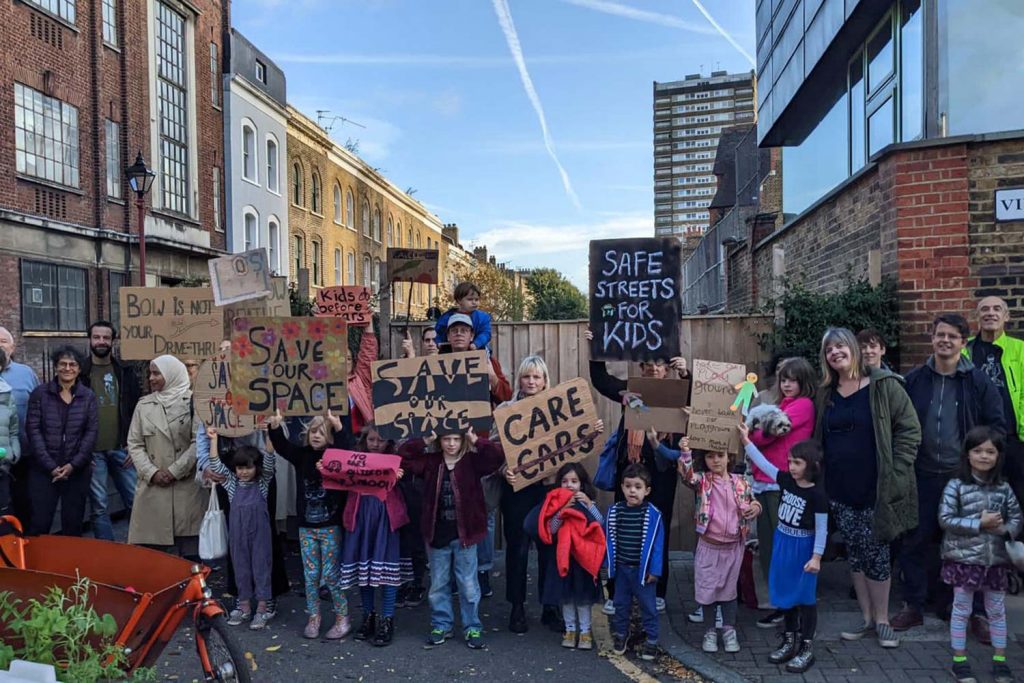
According to Clark, she views their protests at the Play Space as political, rather than solely a concern for children’s safety: ‘You’ve got the people who don’t like the fact that there’s been a change of Mayor and are using it as a political football to get at the new Mayor.’
Kessler also said she wondered if the parents were using the Space as leverage to see a return to School Streets. When she spoke to some Chisenhale parents, she said they declared they were not ‘wedded’ to the Play Space but, with the School Street’s camera no longer in operation, the Space prevents vehicles from driving around the roads at peak drop off and collection times.
Sarah Gibbons, a Chisenhale parent involved in the campaign to save the School Street, said that is not the parents’ intention to use the Space as leverage, but rather their defence of the Play Space is due to practicalities.
She said that, now the School Street’s camera is not in use, if the contractors who had been scheduled to take away the Space last week succeeded, ‘we’d have been faced that next morning with no protection between the kids, the school gate, and traffic that’s passing through. And I can’t tell you how visceral that concern is.’
‘The residents absolutely share the same concerns as the parents that we don’t want cars to go haring up and down the street,’ Kessler said. But, she added, the Play Space is not the answer.
For residents whose hopes were dashed when the temporary Space was saved by protestors last week, Gibbons said that the solution is in the Mayor’s hands: ‘It’s in the Mayor’s gift to resolve this very quickly. It shouldn’t be the responsibility of residents and parents to be resolving this. The council needs to take responsibility for anti-social behaviour. But, they also need to take responsibility for the risks of kids being knocked over by delivery vans, or SUVs. That’s a very, very real risk.’
While the issue of the Play Space’s presence persists, Chisenhale’s headteacher Gemma Anidi, five Chisenhale residents, a handful of parents, and council officer Dan Jones, head of the Public Realm team, met on Monday to discuss the Space’s future. Kessler, who attended the meeting, said ‘all voices were heard’ and the council officer said he would give feedback on all views to the Mayor and seek assurances on the safety of the school’s roads before the Play Space is removed. When the residents, the school, and parents will hear of the Mayor’s solutions is to be confirmed.
While Gibbons said she and parents feel it is hard to be convinced that the Mayor will put in place school road safety measures to replace School Streets until they see it, Kessler is eager to find common ground and rebuild the bonds between school, parents, and residents: ‘There is a danger of tearing the community apart, but really, the most important thing is that there are no more divisions.’ She added that the meeting on Monday, face-to-face, was beneficial ‘to just talk. So hopefully, we’ll all find a way forward.’
The pop-up playground has caused many residents concern due to restrictive access and, at times, deep anxiety for their safety and those of others. But, before a solution is installed to replace the School Street, its removal will also cause parents concern and anxiety for the safety of their children. Until a solution is put forward and installed by the council to replace the School Street, the Play Space will continue to be defended and continue to be a visual reminder of the School Street campaign.
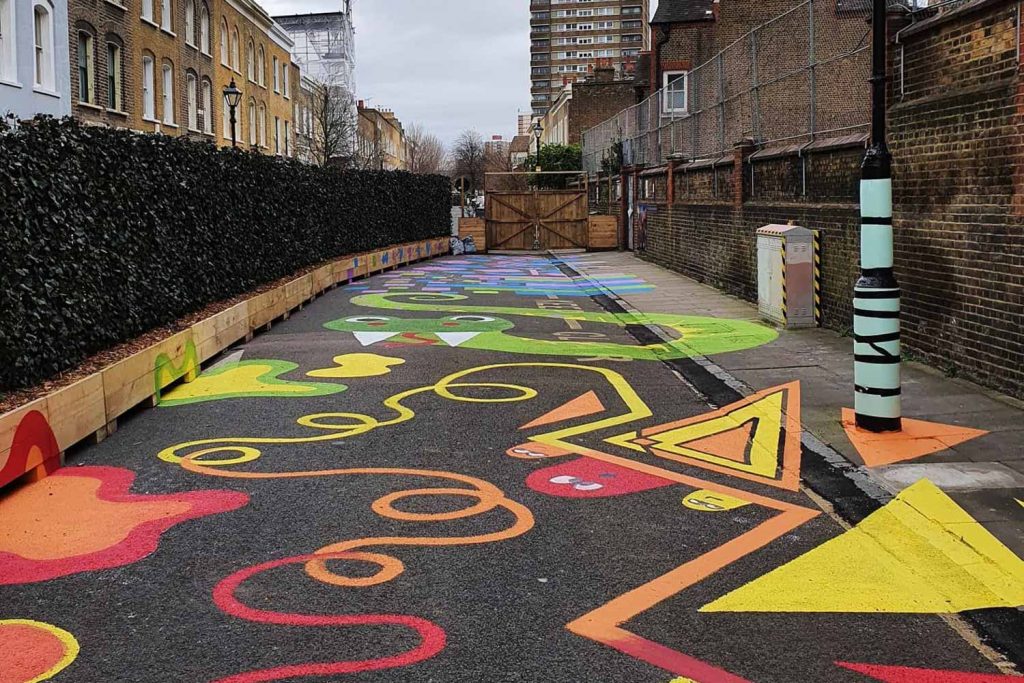
If you read this article, read our piece on Save Our Safer Streets launching a crowd funder to legally challenge Tower Hamlets Council on Liveable Streets.

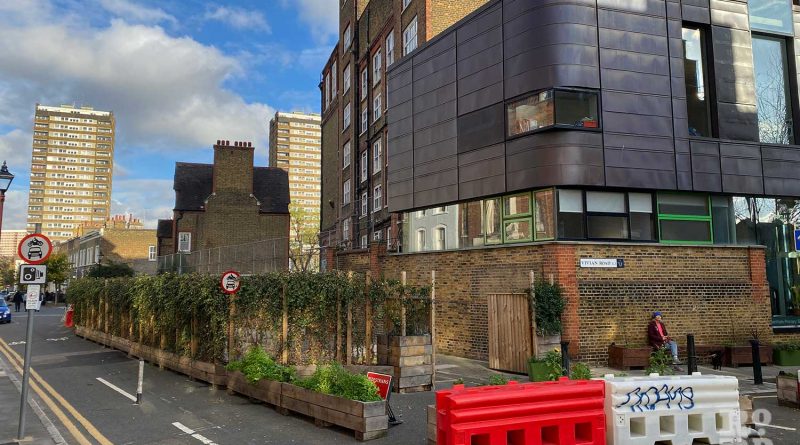



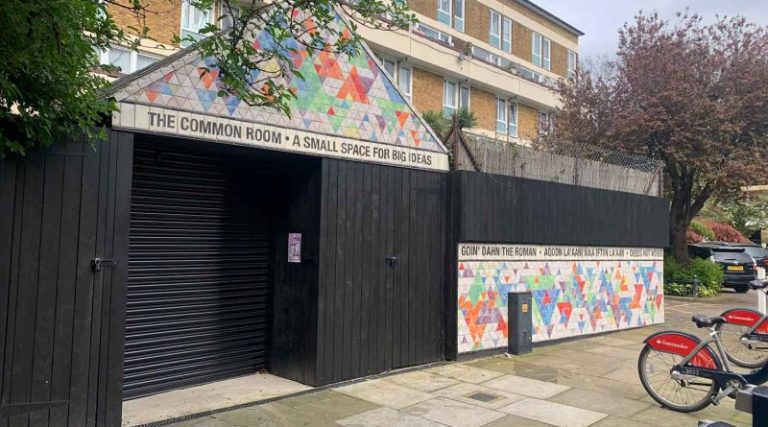
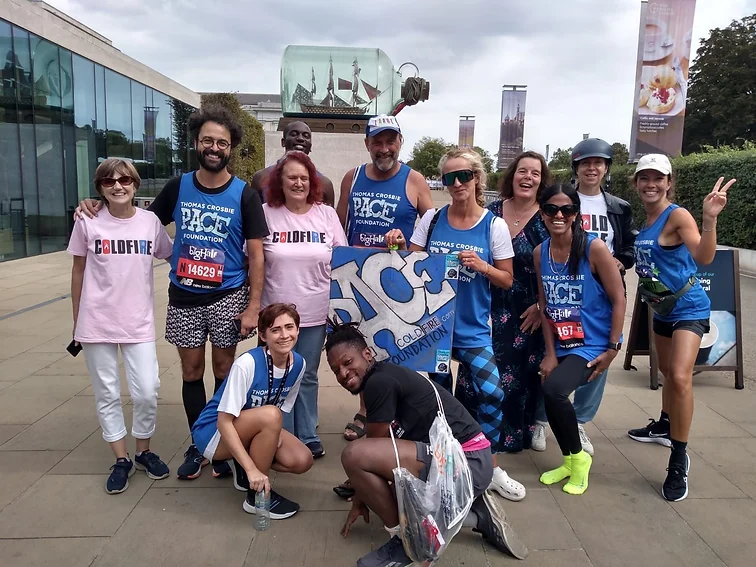


Hi Victoria, I think you have got it wrong that the school agrees the play space should be removed. Also you didn’t quote any parents who said the play space should be removed, so not sure where you got that from? Best wishes, Rowena
This seems a very well balanced article. However, I hope the quotes are accurate as they seem slightly at odds with what I have heard first hand.
I am personally greatly in favour of SchoolStreets, though not any stockage-like land grab. So much local traffic is derived from parents dropping their kids off to school and SchoolStreets aim to reduce this. The school’s catchment area is (from memory) 0.91 miles and those 350-odd pupils should be walking to school in all but exceptional circumstances. If that sounds nanny-state then yes, but restrictions for a couple of hours a day is a good thing.
The amount of misinformation, particularly on social media, regarding this has been amazing. The anti-LTN lobby from across London have shown that they just don’t know the street with talk of pushing traffic onto “community roads” and residents wanted gated developments. The residents want the opposite, and the street isn’t part of any rat-run or through traffic as has been stated by folk as familiar with street as they are with the dark side of the moon.
I hope residents and the school community can come to a good compromise. Certainly the answer wasn’t for 350-odd pupils to run out onto the street after half term to find all the infrastructure improving their safety had been ripped out with no thought given to how such a sudden change would affect the safety of the children.